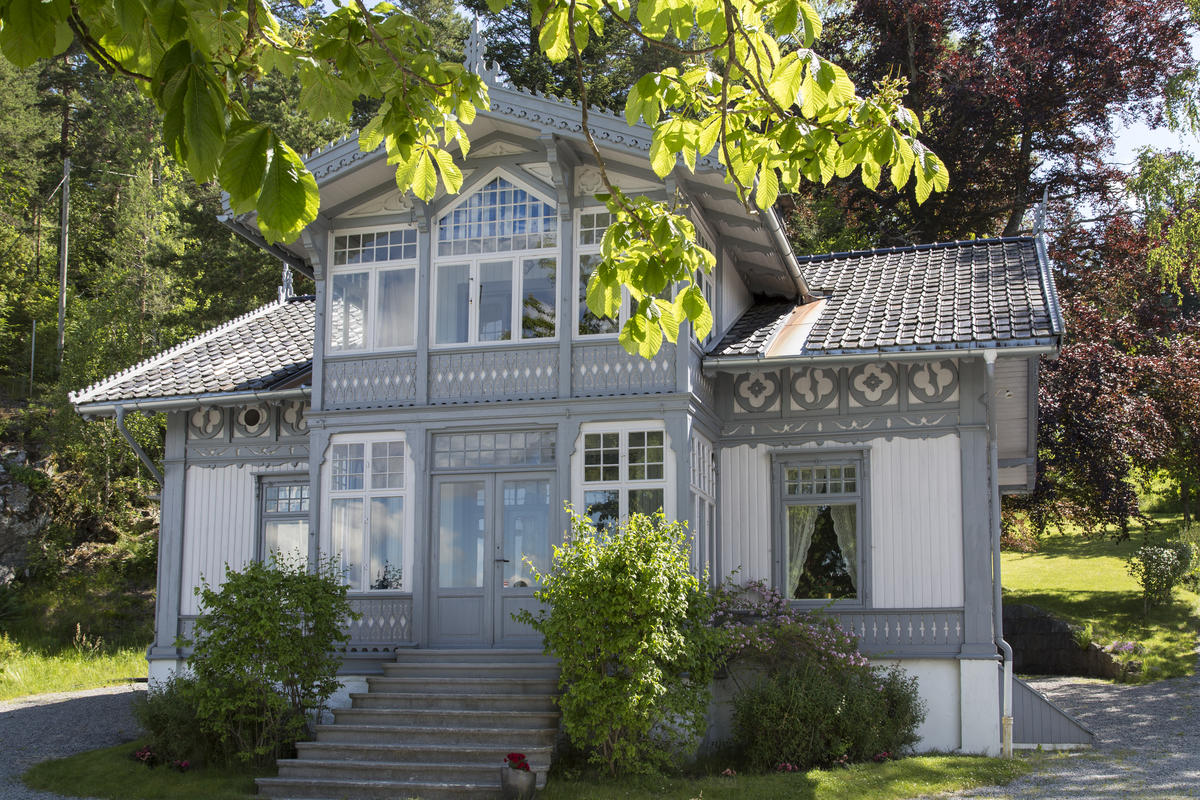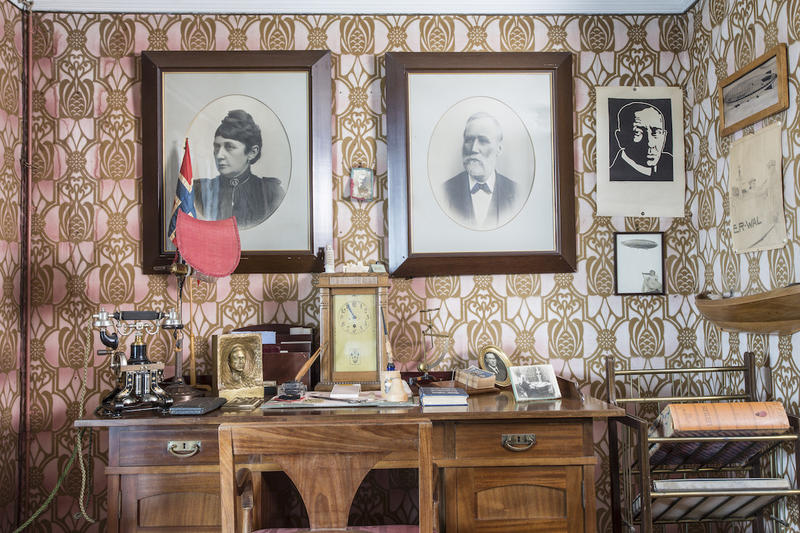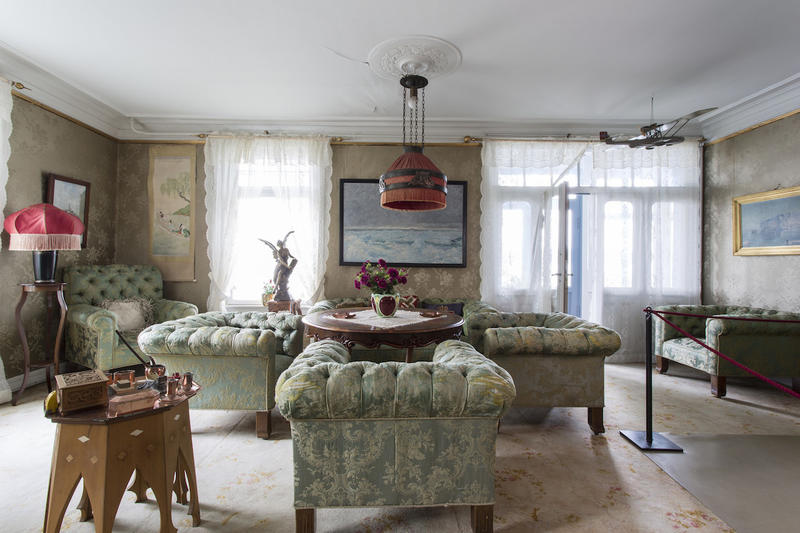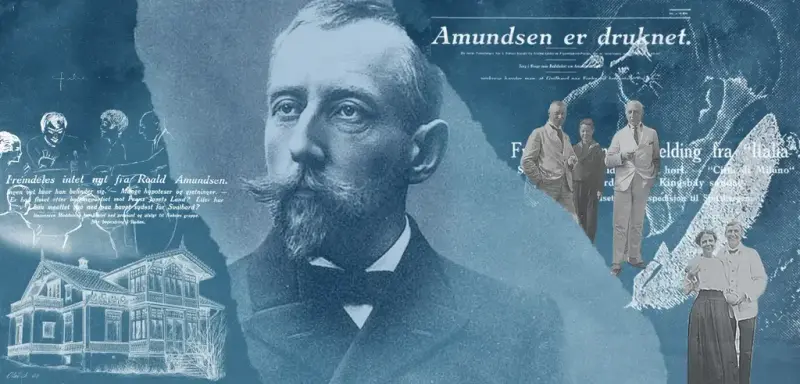"Uranienborg" rests peacefully by the shores of the Oslo fjord at Svartskog, outside Oslo. This was Roald Amundsen’s home for 20 years, until he disappeared in 1928.
When Roald Amundsen set off on 18 June 1928, to assist a rescue mission in the Artic, he had no way of knowing that he would never return. Today, his home remains much as he left it that fateful day. A last written calendar entry, his desk, the old piano taken onboard Maud, and many other objects, souvenirs and gifts that he brought back from expeditions and various lecture tours provide a glimpse into his private life. The story of one of the world's foremost polar explorers resonates from within the house walls.
Roald Amundsen purchased the house in 1908. Already world renowned as the first to sail through the Northwest Passage, Amundsen proudly adorned his walls with photographs of this expedition.
He named the house Uranienborg, presumably after his experience spent growing up on Uranienborgveien in Oslo. This experience also clarifies how Amundsen most likely became familiar with the significance of the name Uranienborg: Tycho Brahe’s observatory and home on the island of Ven in the Öresund.
However, Amundsen's new house was more than just a home; Uranienborg was also a base of operations. Here, in this beautiful house in Svartskog by the Bunnefjord, Amundsen planned and prepared some of his biggest polar feats. These include the conquest of the South Pole (1911), sailing through the Northeast Passage (1918-1925) and the first flight over the North Pole (1926). Additionally, the outbuilding was arranged to function as a warehouse for the expeditions, the polar station Framheim was set up and tested in the garden and the polar ship Fram was prepared on the fjord outside before departure to the South Pole.
Amundsen’s expeditions were costly and eventually he fell into financial difficulty. In 1926, Amundsen went bankrupt. Two of his financial backers, Herman Gade and Don Pedro Christophersen, purchased Uranienborg and allowed Amundsen to continue to live there. In 1933, after Amundsen’s death, they gave the property to the Norwegian State. Since 1935, Uranienborg has been a museum. In 2003, the Follo Museum took over stewardship of the property.
"Uranienborg" is State property and Follo Museum / MiA - Museums in Akershus is responsible for maintaining the museum.



